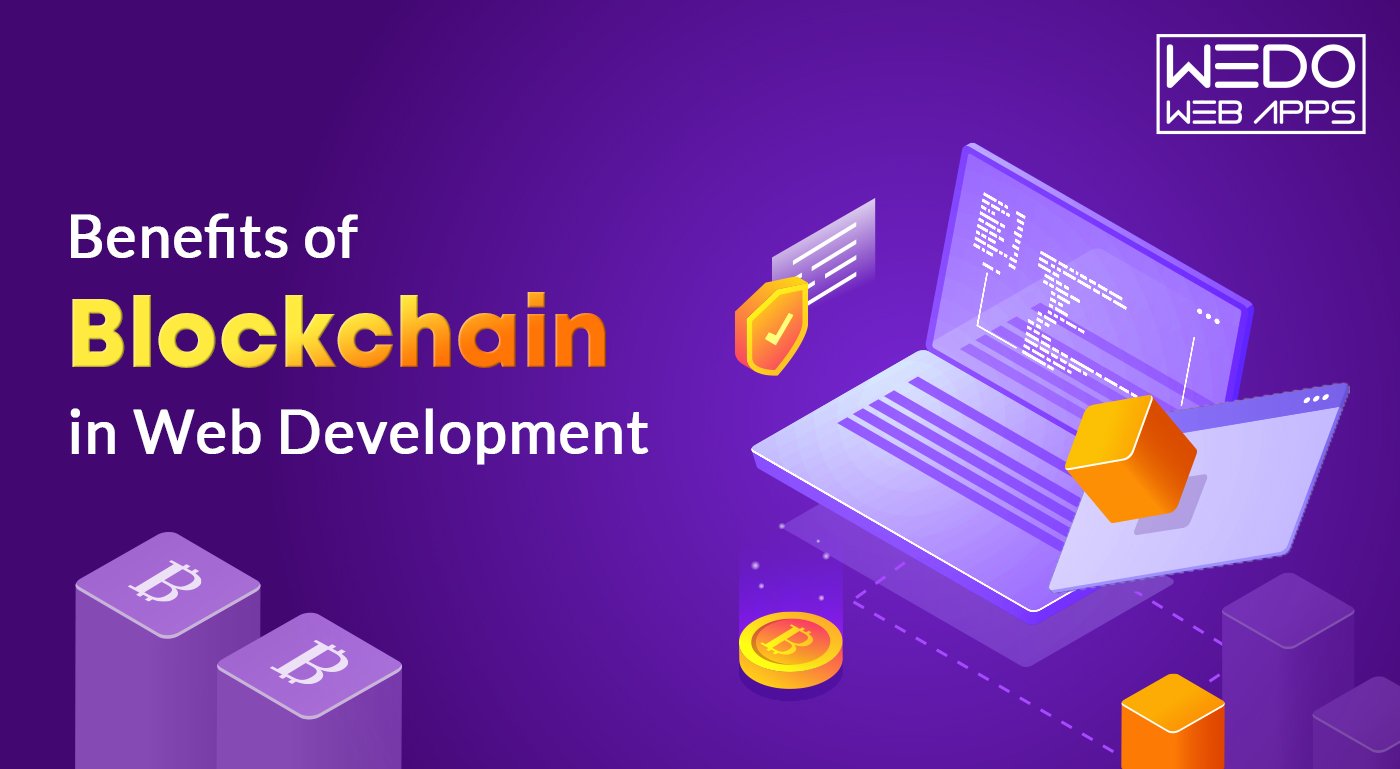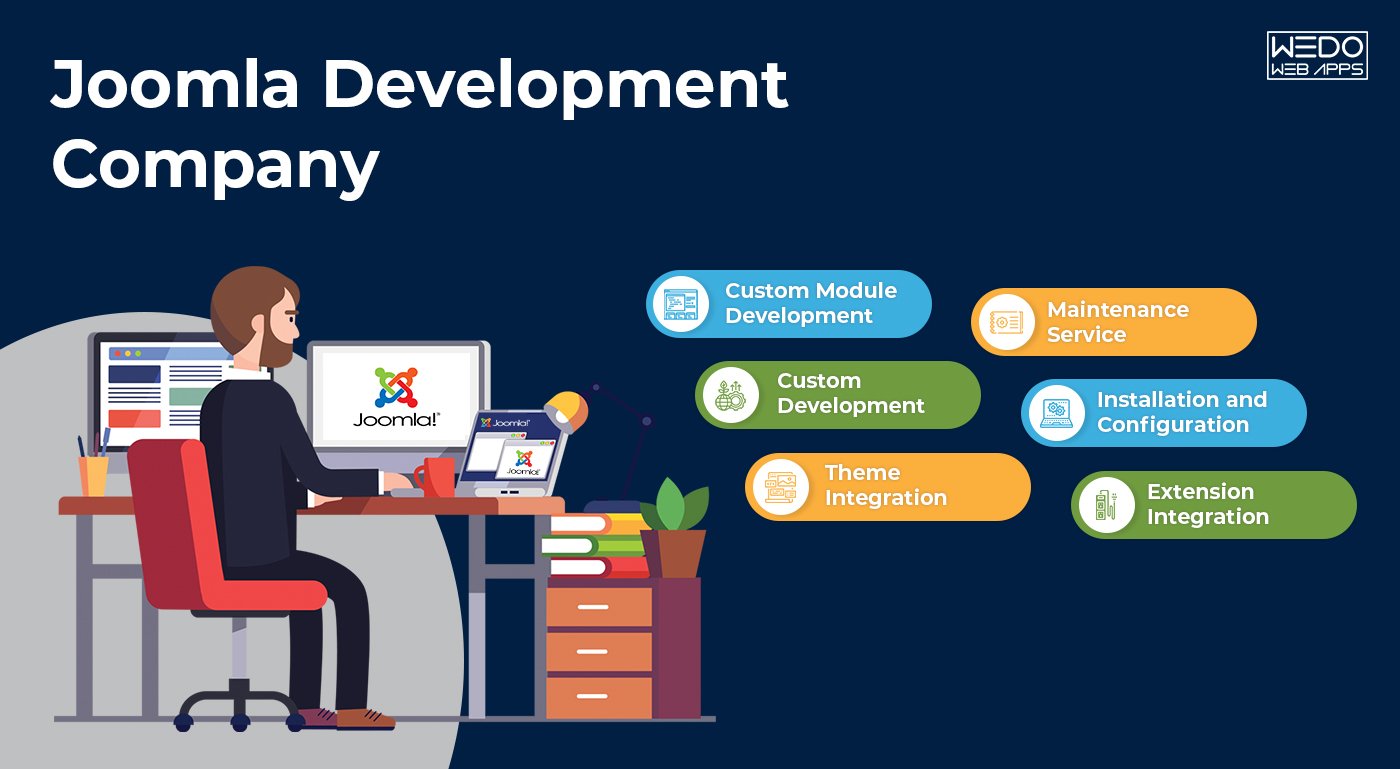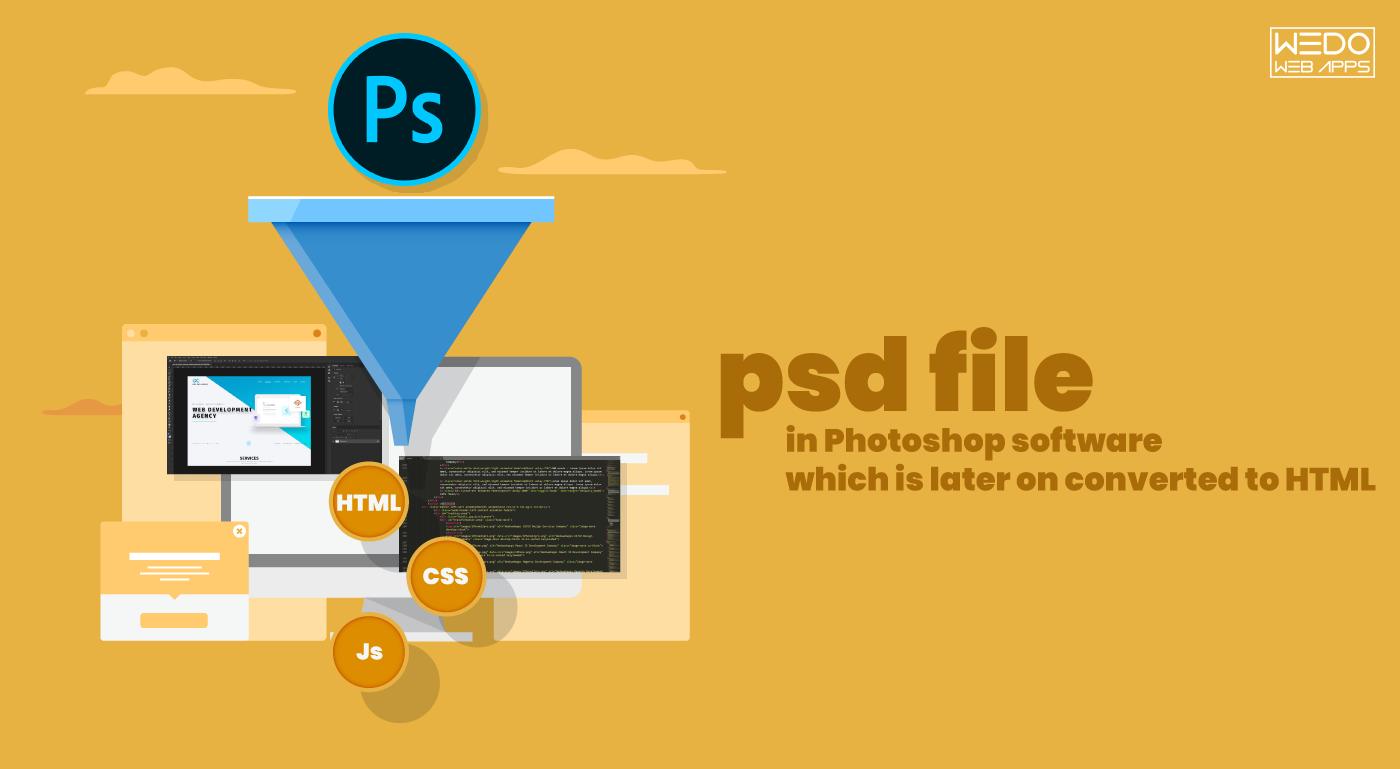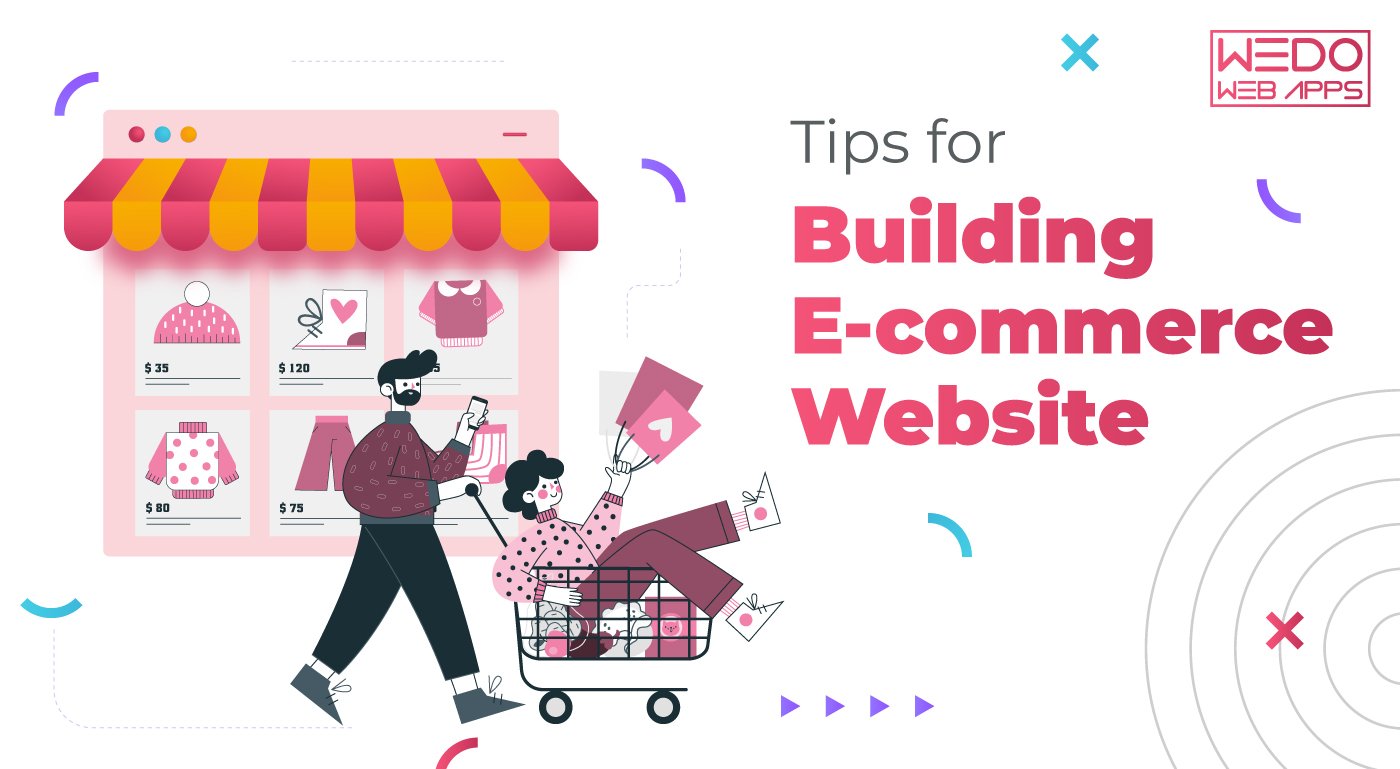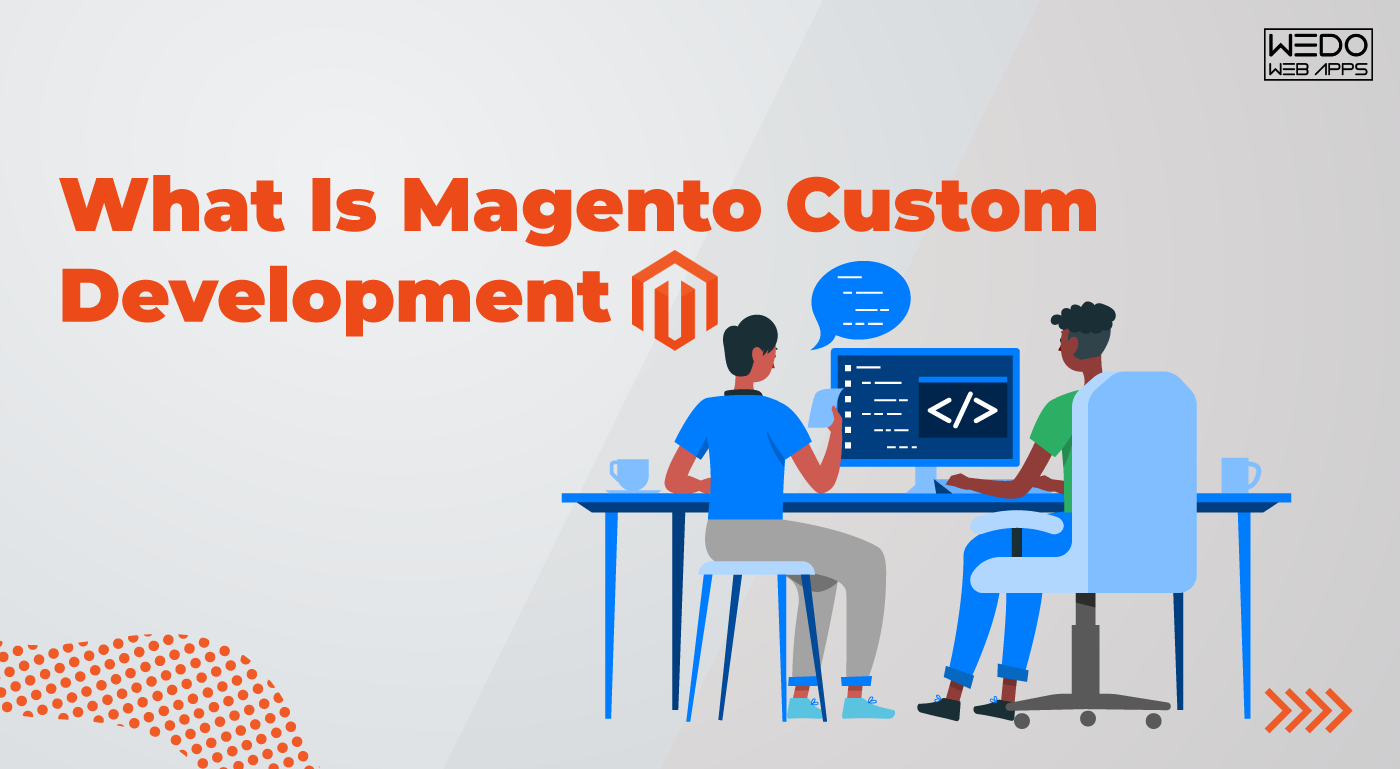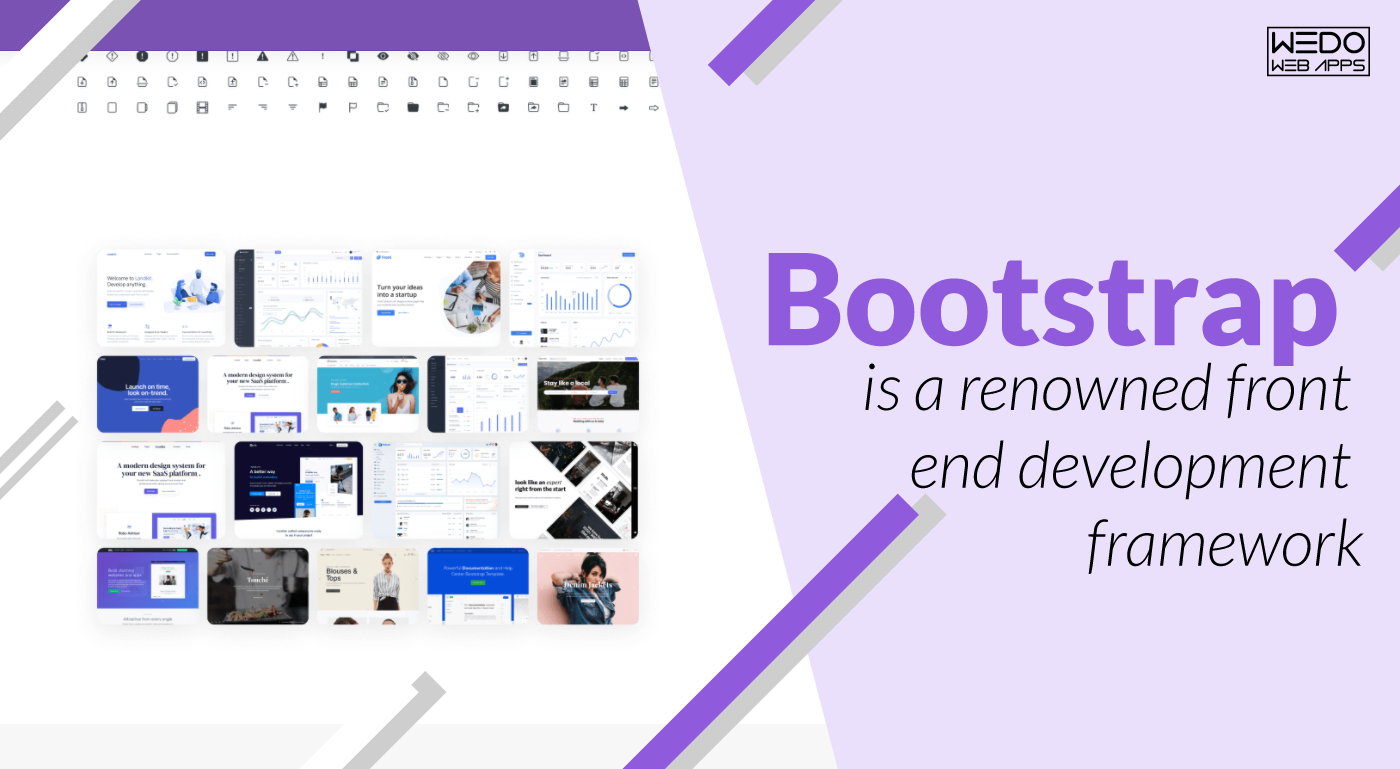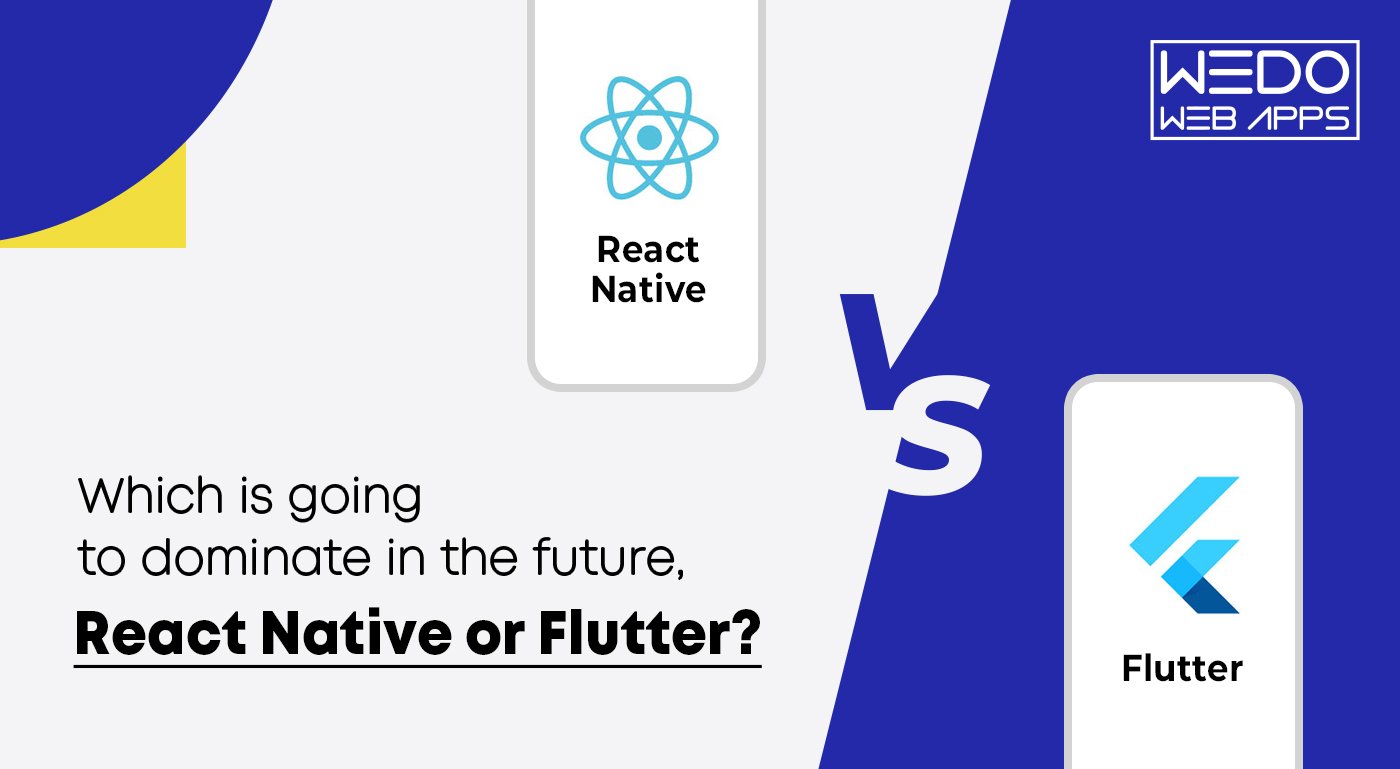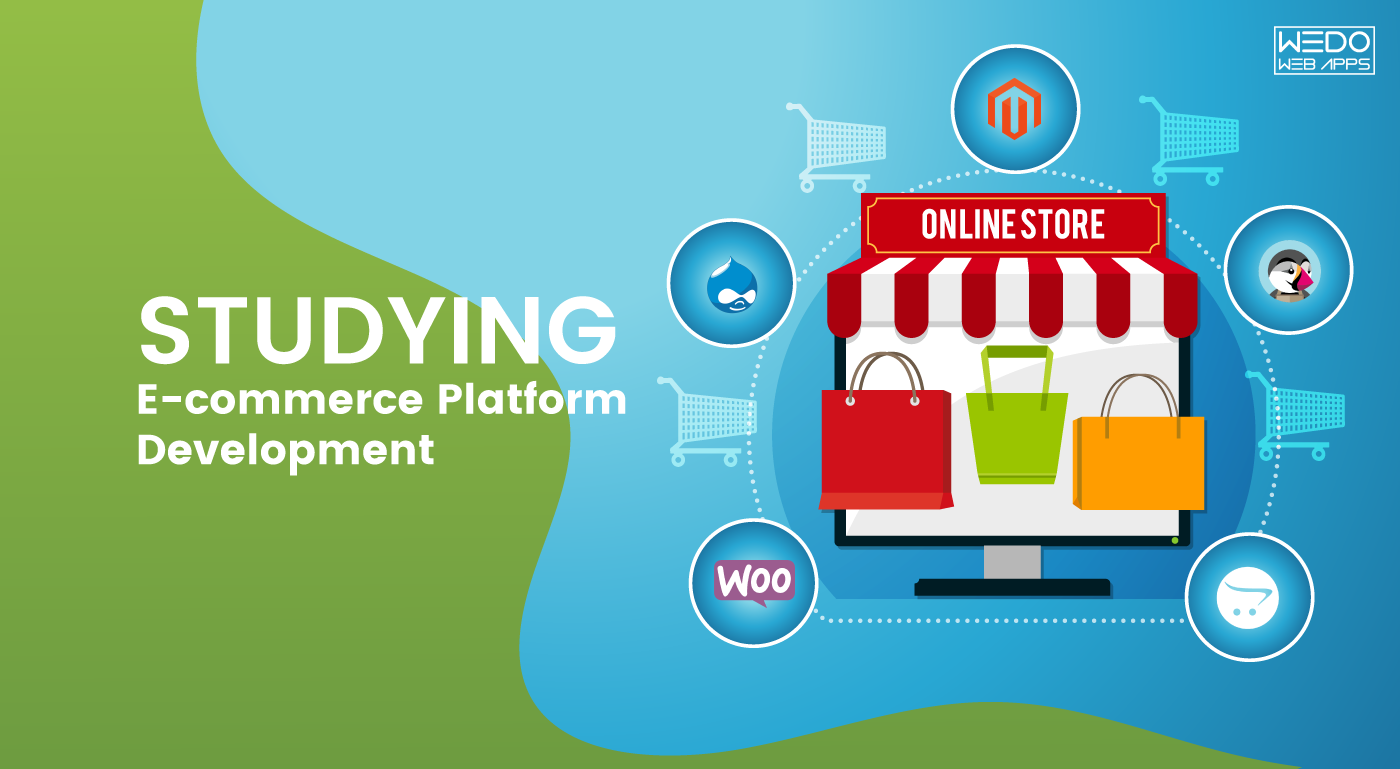As blockchain-based technology cryptocurrencies are rising in a highly volatile market, so does the demand for blockchain technology across all industries.
Considering this, it is no surprise that the web development industry has started recognizing the implementation of blockchain technology into the same. Everyone is curious to know, “ What are the benefits of using blockchain technology in web development?”
Before diving into the findings of whether blockchain technology is beneficial in web development and how to use blockchain on the website,
Let us understand blockchain technology and why to use blockchain technology in web development.
What is Blockchain Technology?
Blockchain technology is a data structure that collects transaction records while ensuring security, transparency, and decentralization.
A blockchain is an open-source ledger that anyone can view on the network. You can think of it as a chain of records stored in blocks that no one controls. Once the information is stored in the blockchain, it is tough to change it.
How Does Blockchain Technology Work?
Blockchain technology came into light in the year 2009 by Santoshi Nakamoto. He created the first digital currency, called bitcoin, through blockchain technology.
Let us understand how blockchain technology works.
A hash is a unique mathematical code that belongs to a specific block.
Each block in the blockchain technology stores some information along with the hash of its previous block. If the data inside the block is modified, the hash will also be modified. The connection of the block through unique hash keys makes the blockchain secure.
The network has nodes that validate transactions to ensure they are secure. For a transaction to be valid, each block must refer to the preceding block’s hash. The transaction will only take place if the hash is correct.
Suppose a hacker tries to attack the network or change any information about a specific block. In that case, the hash attached to the block will automatically get modified and not match the original one.
This ensures that the blockchain is unalterable, and if changes are made, the chain of blocks will reflect throughout the entire network and easily detect.
Why Use Blockchain Technology In Web Development?
Blockchain development company uses blockchain protocols and algorithms to enhance the web experience to make it safe, secure, and decentralized.
It is the process of integrating blockchain technology into the web development process to create a blockchain-enabled website that is efficient, secure, transparent, and irreversible.
Benefits Of Using Blockchain Technology In Web Development
Integration of blockchain technology into web development has brought remarkable opportunities for businesses. Various blockchain development companies are providing blockchain services to meet the growing demand.
Blockchain is an innovative technology that helps your web-based transaction to be safe and secure. Many businesses have started implementing this technology to secure their web-based applications. Below are the benefits of blockchain technology in web development.
-
Remove Dependency On A Single Server.
With a centralized server system, traditional internet service providers had full access to the user’s information. At the same time, blockchain-enabled websites use algorithms to make them reliable and protected.
Blockchain removes the dependency on a single server to store data. Besides this, using the network of computers called nodes to store information. This makes blockchain websites completely error-free and secure.
-
Decentralization
With the help of blockchain-enabled websites, users can easily access the data at any given time as the data in blockchain allow websites to be stored in the nodes and not on a centralized server from which large corporations can access the user data and use them as per their benefits.
-
No record modification
The irreversible feature of blockchain technology, when integrated with the web development process, helps industrial sectors such as banking, healthcare, retail, real estate, and more to ensure that the security of the data gets updated on the system. So no individual can alter or delete the updated information made on the blockchain-enabled websites, which enhances transparency and accountability of the data.
-
Eliminate Intermediaries
Currently, most websites depend on third-party intermediaries, such as Google, Facebook, and others, who act as payment gateways. At the same time, blockchain enables websites to facilitate the transaction only when the protocols are fulfilled.
-
Cloud Storage Feature
In modern-day web design, it is essential to have cloud storage features. End-to-end encrypted cloud storage can resolve various issues related to privacy and downtime.
In cloud storage system, digital files are encrypted and stored before being recalled and reorganized. As every node in the network has a duplicate copy of the data, the user doesn’t have to worry about any data breach or downtime.
-
Improves SEO
As a business owner, you know how marketing your brand can benefit your company and create a competitive edge to stand out from the competitors. Websites built through blockchain can be used to prevent ad fraud and allow marketers to boost SEO and track their marketing campaigns effectively.
-
Secure payments
Security is considered a vital benefit while developing a website through a blockchain development company. It is known as one of the most reliable platforms for website development.
With encryption, users can make a secure payment without fear of hacker intervention, as unauthorized users can’t change or remove the information stored in the block.
How To Use Blockchain Technology In Web Development?
Website developers can harness the power of blockchain in creating the website without knowing every aspect of technology, such as blocks, asymmetric keypair, and more.
Before building a blockchain-based website, the developer should install two dependencies which are Node.Js and Ethereum Node service, for the connection of the blockchain sequentially with the website. Blockchain-based websites mainly include a Web app, API, Middleware, and database.
The web app is a generic web interface that any website developer is familiar with, while one can access API and install libraries from Node.Js. Similarly, smart contracts can serve the process of middleware in the development process, and the database is referred to as the data storage facility of the blockchain.
Hence, this is everything that the blockchain developer should know about the blockchain enable website and its development process. Thus, they can make a website with the help of a custom web application development company.
Top Blockchain Development Companies in 2022
As the blockchain grows daily, finding a custom web application development company that converts your idea into a working blockchain-based web application is complex. Below is the list of top blockchain companies based on the ability to work with cutting-edge tools to develop a website
WEDOWEBAPPS is a custom web application development company that creates innovative blockchain development applications and provides services to Fortune 500 companies, large enterprises, and medium-sized firms.
WEDOWEBAPPS can assist with deep expertise in blockchain application development, architecture, operation, and maintenance. The blockchain web development firm boasts a large portfolio of global clients including VQ Fitness, Chic Couture Online, Tidy Designer, Access 24 and MDME.
Prima felicitates is a web & mobile solution development and Blockchain development company. San Francisco and London-based software development company, They have a team of skilled and experienced professionals. The company is exploring various emerging technologies, including blockchain technology.
They work on various blockchain fabrics (including bitcoin blockchain, Ethereum, hyper ledger) along with blockchain API, software, databases, and DevOps. They have accomplished thousands of projects across different technologies and have a client network worldwide.
SoluLab is a technology solution provider and has expertise in Blockchain-based application development. The company is recognized as one of the best global enterprise custom blockchain development companies. Its core focus is on quality, punctuality, and devotion to the client’s requirements. So SoluLab is a reliable partner for enterprises to small and medium-sized companies in all domains.
W3villa technologies is a leading blockchain development company that helps businesses and startups utilize the decentralized blockchain network.
The company hires blockchain developers with practical experience in creating blockchain websites who have integrated bitcoin as a payment option. They offer blockchain development services to cater to rising business needs.
Wrapping Up
Blockchain has revolutionized the digital world with its ability to carry out secure transactions every second. As a result of security benefits, blockchain technology has been used across industries, including e-commerce, corporate applications, agriculture, education, and healthcare, as well as on other government websites.
Blockchain development technology enhances verification efficiency, transparency, and traceability.
So hire a custom blockchain development service that helps your business in cost-cutting to gain a competitive edge over competitors.
